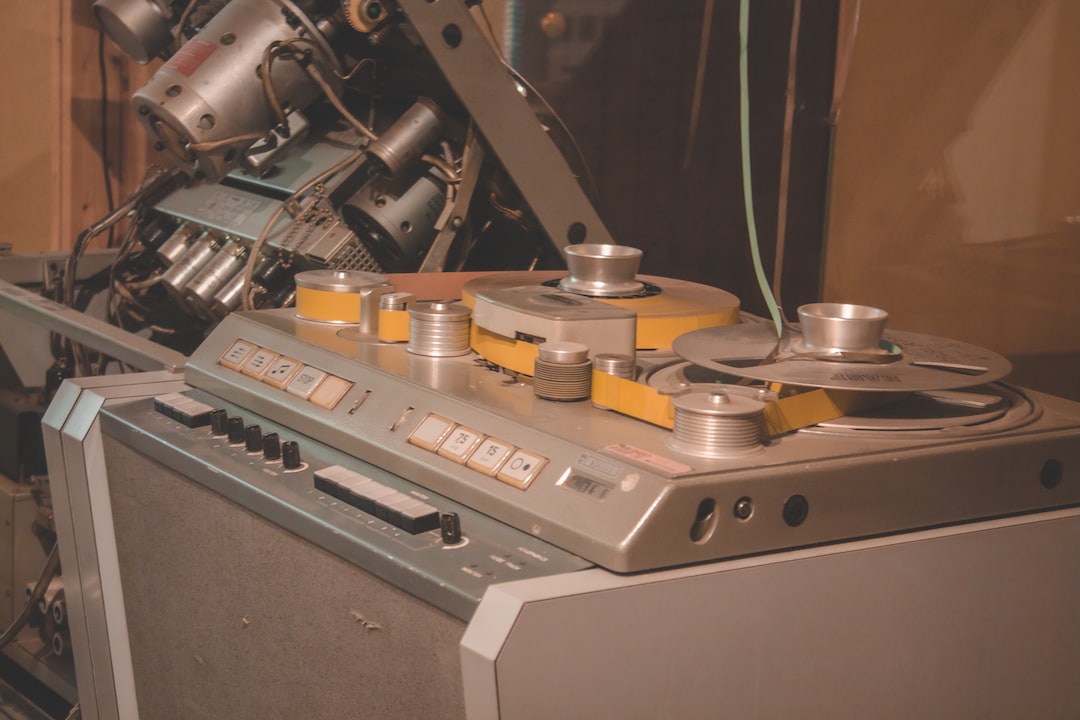The Future of Wearable Technology: Health Monitoring and Beyond
Through the advancement of technology, we have witnessed the birth of countless innovations, one of which is the rise of wearable technology. Wearable devices have become an integral part of our lives, helping us track our steps, monitor our heart rate, and even analyze our sleep patterns. However, with continuous development and expansion, the future of wearable technology holds even more promising prospects, particularly in the field of health monitoring.
Health monitoring has always been a crucial aspect of our lives. We visit doctors for routine check-ups to ensure our bodies are functioning optimally, but what if we could have that information at our fingertips 24/7? This is where wearable technology steps in. With wearable devices becoming more advanced and capable, they are slowly bridging the gap between us and our health.
One of the key areas where wearable technology is set to revolutionize the way we monitor our health is in chronic disease management. Chronic diseases, such as diabetes and cardiovascular conditions, require continuous monitoring of vital signs and parameters to ensure proper management and prevent complications. Wearable devices equipped with sensors that can measure blood glucose levels or heart arrhythmias can provide patients with real-time data, allowing them to take appropriate actions or seek medical help when necessary. This level of constant monitoring can significantly improve the quality of life for those living with chronic diseases.
Moreover, wearable technology is also taking its stride in the mental health sector. Mental health is a pressing issue that affects millions of people worldwide, and early detection and intervention are crucial. Wearables designed to monitor physiological and behavioral patterns could potentially identify early signs of mental health disorders. For instance, a smartwatch analyzing heart rate variability and sleep patterns could detect anxiety or depression symptoms before they become severe. This could allow individuals to seek therapy or make lifestyle changes, leading to better mental well-being.
Beyond health monitoring, wearable technology is also venturing into the realm of disease prevention. The COVID-19 pandemic has highlighted the importance of early detection and tracking of infectious diseases. Wearable devices that can detect subtle changes in body temperature, heart rate, and respiration patterns could potentially identify early symptoms associated with infectious diseases, including COVID-19. Early detection and isolation can significantly contribute to controlling the spread of such diseases in the future.
In addition to health monitoring, wearable technology is also making strides in improving overall fitness and well-being. Fitness trackers have become immensely popular, pushing users to reach their physical activity goals and maintain a healthy lifestyle. However, the future of wearable technology in fitness goes beyond step counting. Imagine a device that not only tracks your workouts but also provides real-time feedback on your form and technique, minimizing the risk of injuries. Wearables that can suggest personalized workouts based on individual goals and performance could greatly enhance the fitness experience.
Furthermore, wearable technology is making its way into the world of fashion and lifestyle. With advancements in miniaturization and material innovation, wearables are becoming more aesthetically pleasing, seamlessly integrating into our daily lives. From smart rings that can answer calls to jackets that monitor our posture, the possibilities are endless. As wearable technology becomes more fashionable and customizable, it will likely shift from a functional necessity to a style statement.
The future of wearable technology holds immense potential, not just in health monitoring but also in disease prevention, fitness improvement, and lifestyle enhancement. From chronic disease management to mental health support, wearables are slowly but surely becoming essential tools in our pursuit of a healthier, happier future. As developers continue to push boundaries and improve the capabilities of wearable devices, we can expect a novel and exciting era of technology that will transform the way we perceive and engage with our health. So, brace yourself for a future where wearable technology becomes an indispensable part of our lives, empowering us to take control of our well-being like never before.
